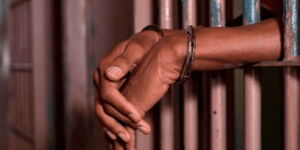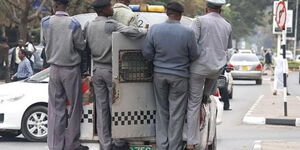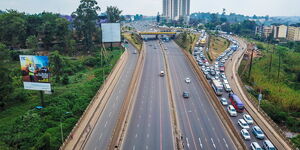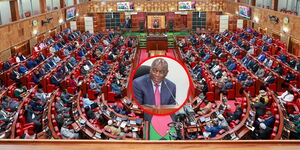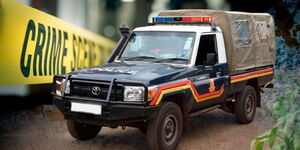The life of a flight attendant may seem glamorous in nature due to the constant travels across the globe, visiting exotic places and enjoying the adventure at its finest- living the dream as they say. This is one of the most sought-after jobs with the majority jostling for positions to travel the world and get paid in the process.
However, unbeknownst to many, there are a lot of strict rules that those seeking to apply must adhere to. After earning a position, there are other regulations and protocols that must also be observed during flights.
Apart from the international laws that are universally observed, other airlines may impose conditions that their cabin crew will have to follow both on and off the plane.
Kenyans.co.ke spoke to a flight attendant from a local airport who revealed intricate details regarding some of these rules.
Physical Requirements
The Body Mass Index of a flight attendant should be between 18-25 which is considered as the normal weight for a healthy person. BMI is normally calculated by dividing the weight of a person in kilograms by the height in meters squared.
Any number that falls below or above that category signals that a person can either be underweight or obese. For flight attendants flying across multiple zones, certain physical demands will be required.
In certain airlines, attendants are expected to swim 50 metres while fully clothed, board a life raft and be able to push open an emergency exit door that weighs up to 28 kilograms in order to pass the physical training.
Other medical tests also involve eyesight and hearing tests. In the case of the cabin crew, good eyesight is required (6/6 or 6/24 in both eyes). In this case 6/6 vision indicates an almost perfect vision while a 6/24 vision reveals a moderate reduction of field of vision.
Body Art
In the case of most airlines, there is a strict policy on body art as most do not allow either tattoos or piercing on their staff. According to our source, tattoos are disallowed and if one has, the art should not be visible when they are in uniform.
In the case of piercings, a flight attendant is allowed only a discreet pair of earrings on their ears. Further, applying moderate makeup and styling their hair in a certain way is another strict policy. This is to maintain a professional look and to prevent one's art from distracting the passengers.
Posture
While in uniform, a flight attendant can not slouch, cross or fold their arms. Further, they can not walk or stand with their hands in their pockets as it diminishes the professional appeal.
In most occasions, their arms are often behind their back. As they walk up and down aisles, most tend to do so in the same position- which stems from rigorous training in order to perfect the stance.
Communication
Flight attendants can only communicate with pilots at certain intervals which are discussed before flights. Further, they can only communicate after the plane is above 10,000 feet as this is a critical moment for the flight as it's either taking off or landing.
According to a report by CNTraveler, most incidents happen during takeoff or landing hence the flight crew is supposed to ensure that everything goes well during these phases.

